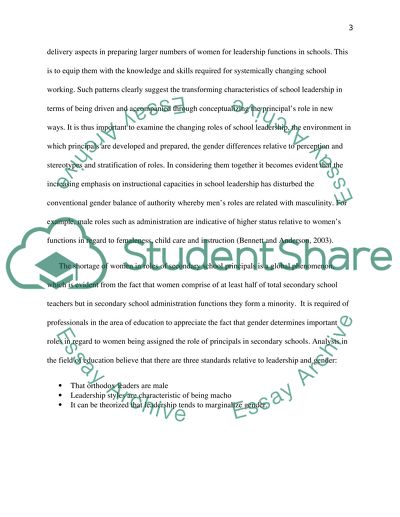Cite this document
(“Gender differences as a function of perception and stereotypes Dissertation”, n.d.)
Retrieved from https://studentshare.org/gender-sexual-studies/1395328-gender-differences-as-a-function-of-perception-and
Retrieved from https://studentshare.org/gender-sexual-studies/1395328-gender-differences-as-a-function-of-perception-and
(Gender Differences As a Function of Perception and Stereotypes Dissertation)
https://studentshare.org/gender-sexual-studies/1395328-gender-differences-as-a-function-of-perception-and.
https://studentshare.org/gender-sexual-studies/1395328-gender-differences-as-a-function-of-perception-and.
“Gender Differences As a Function of Perception and Stereotypes Dissertation”, n.d. https://studentshare.org/gender-sexual-studies/1395328-gender-differences-as-a-function-of-perception-and.


